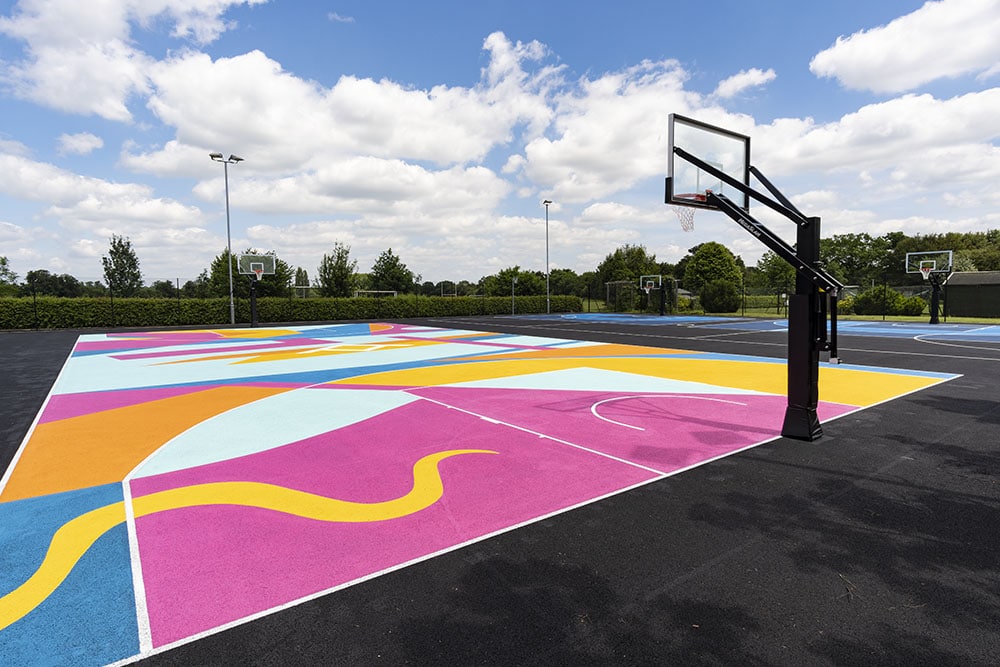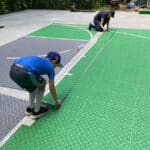The Importance Of Building The Right Basketball Court Sub Structure
The performance of any court surface is largely dictated by the quality of the sub-base beneath. Ensuring sub-structures are accurate and within required flatness and level tolerances is crucial to good gameplay. The need for consistency is most critical with Basketball Courts, where court surfacing requires a flatness tolerance of 5 mm within any 3 m radius.
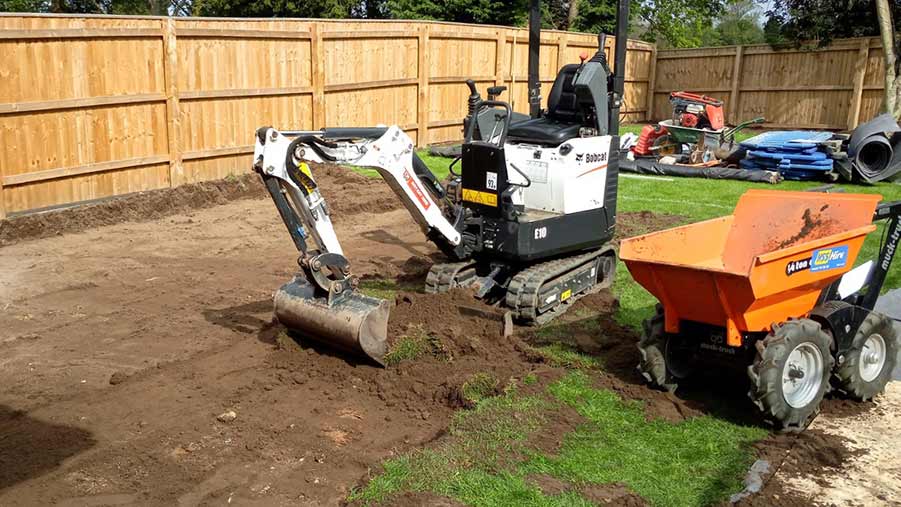
Concrete Or Asphalt?
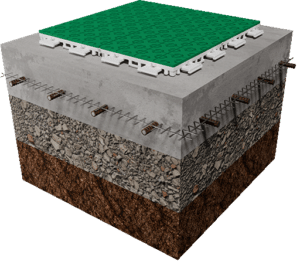
Precision Finished Reinforced Concrete
OnCourt recommend reinforced concrete for basketball courts. The flatness and uniformity of a precision finished concrete base is unparalleled in terms of safety and ball response. Concrete is however, a more expensive material than asphalt.
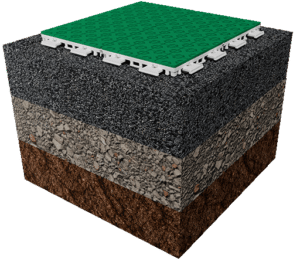
Asphalt Basketball Court Base
Although its a cheaper material than concrete, asphalt will require specialist tooling to complete the job. Sub-bases made of asphalt will require regular maintenance to ensure cracks and gaps do not expand and effect the uniformity of the court surface.
3 Top ‘Build A Basketball Court’ Tips
Before the tiles go down and the hoop goes up, it all starts with the ground beneath your court. A well prepared sub-base is the unsung hero of any high-performance sports surface, ensuring stability, longevity, and consistent gameplay. Here are three essential tips to get your court sub-base right.
1. Volume of Excavated Earth Can Be Greater Than Planned
The volume of earth removed to accommodate a court surprises many customers. Assessing specific ground conditions to ascertain required excavation depth for your base is highly recommended. Ground conditions will dictate how deep the excavation needs to be to reduce chances of movement and subsidence.
2. Levelling The Sub-Base to Precise Flatness Tolerance is Critical
A good sub-base will be within a flatness tolerance of 5mm variations within any 3m radius. Take the required time to finish your base with precision to maximise your game. Modular sports tiles must make good contact with the sub-base to maximise the safety and ball response benefits.
3. Ensuring Good Court Drainage Reduces Maintenance
Extend the life of any sub-base by ensuring adequate drainage beneath the playing surface to channel excess water away from potential problem areas. Without adequate drainage sub-structures will suffer over time and be prone to fracturing in excessive cold.
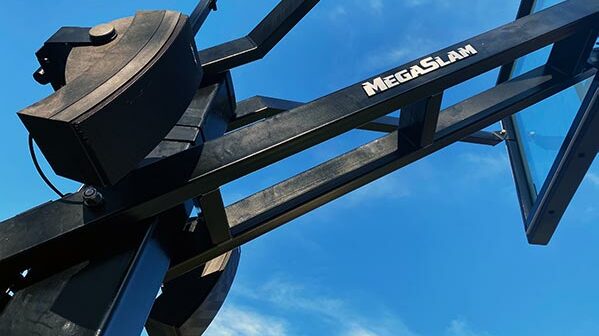
Installing Mega Slam Basketball Hoop System when you Build a Basketball Court
Mega Slam Hoops are monstrous. The ground anchor for these heavy duty in-ground hoop systems must be ready to install during the sub-base construction. Learn more about what’s required to install a Mega Slam Hoop. Have friends at the ready!
Basketball Court Sub-Base FAQ
The sub-base is the compacted foundation layer beneath your court surface. It supports the modular tile system, absorbs load, prevents movement, and ensures consistent basketball bounce. Without a solid sub-base, the court may shift, have dead-spots or drain poorly over time.
Excavation depth depends on substrate, ground conditions and climate, but typically ranges from 100mm to 250mm. For soft soil or colder climates, you may need to go deeper to prevent frost heave and subsidence.
A common sub-base build-up includes:
– Type 1 MOT (crushed stone) for compaction and drainage
– A layer of compacted sharp sand or a fine blinding layer
– Optionally, geotextile fabric for weed control and stability
For best results, finish with a smooth concrete or asphalt pad when installing modular tile systems. As discussed in this article, a flatness tolerance of no more than 5mm in any 3m radius will ensure great performance.
Your sub-base should be level to within 5mm over any 3m radius. This tolerance is critical to ensure that your modular tiles lock securely and provide a safe, consistent playing experience.
Yes. Proper drainage is essential to prevent water pooling under the modular court surface. Incorporate a gentle slope, permeable base layers, or channel drains as needed for outdoor courts.
Yes, if you’re confident with excavation and compaction. Many DIYers handle their own sub-base, but for larger or more complex courts, we recommend working with a professional contractor.
Working with a local groundworks contractor is usually the smart choice. They’re better equipped to assess local soil conditions, understand regional drainage challenges, and can mobilise the right machinery and materials more efficiently. A professionally prepared sub-base also gives you peace of mind that your court will perform at its best for years to come.
Installing the ‘in-ground’ Mega Slam Hoop is a 2 stage job. A 1.25m deep hole is dug for a concrete anchor to support the system. The next phase is building the hoop. Mega Slam Hoops are heavy – it’s what makes them the ultimate home hoop. This does mean that you will need some friends to help with the heavy lifting. Learn more about Mega Slam Hoops installation.
NOTE – Hoop system and component anchor assemblies should be installed during sub-base construction. Configure and order your court, hoop and components to ensure ground anchor assemblies are available during the sub-base build.


